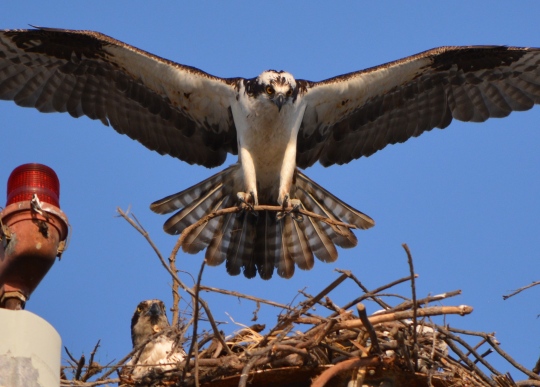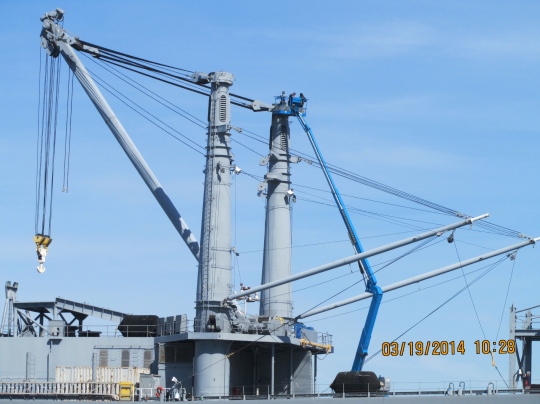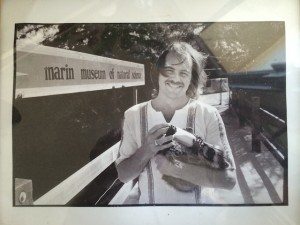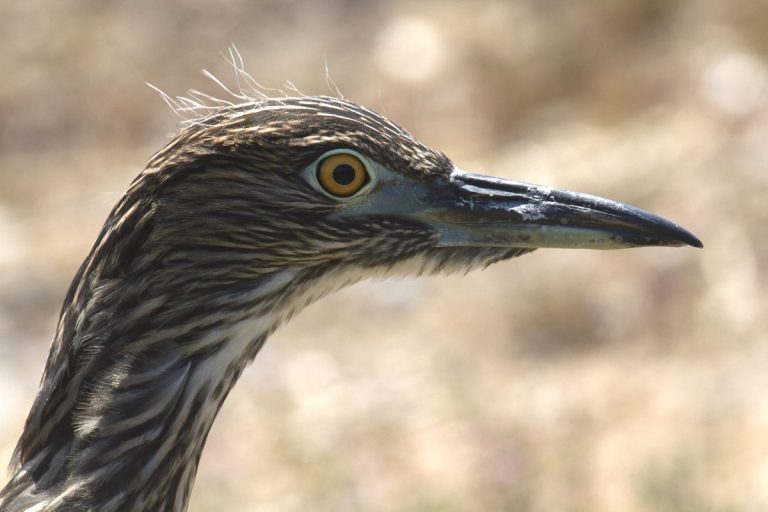My first GGBA Yosemite trip
By Maureen Lahiff
It’s taken me quite a while to combine my love of Yosemite and my love of birds. I get to Yosemite several times a year for day hiking, High Sierra Camp stays, and snowshoeing. I’ve always enjoyed the birds that are easy to see, and I’ve had several fortunate encounters with not-so-easy-to-see-birds – a Sooty Grouse with chicks in the open forest high on the flanks of Half Dome, a Mountain Quail performing a broken-wing injury-feigning display on a trail deep in the Hetch Hetchy backcountry. But only recently have I walked in Yosemite specifically to hear and see birds.
The Golden Gate Bird Alliance trip led by Dave Quady and Dave Cornman the weekend after Memorial Day was an amazing experience. Both leaders, who clearly have long-term experience birding in Yosemite, did a great job scouting and locating active nests a few days before our trip started. They filled us in on the changes in the parts of the Park affected by last summer’s Rim Fire, especially around Hodgdon Meadow. I’m truly grateful for leaders like these two Daves, who know and love Yosemite’s habitats and birds.
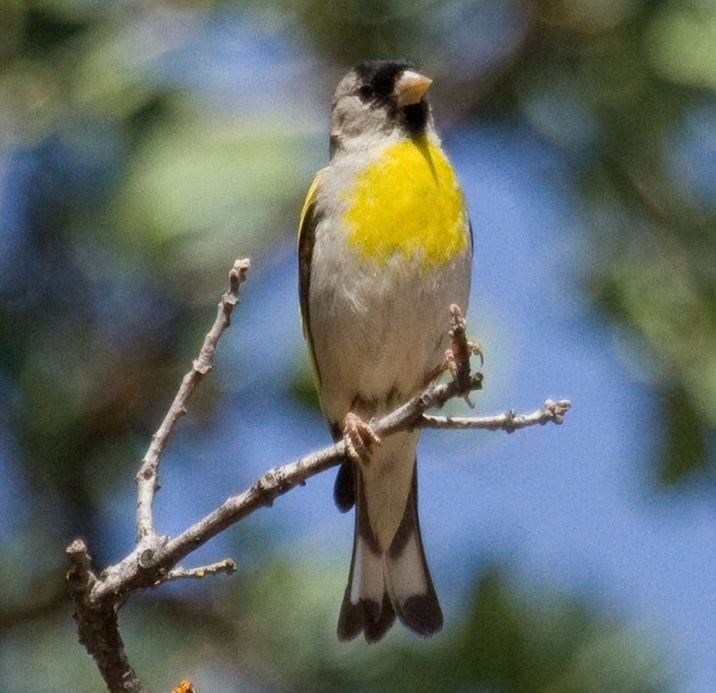 Lawrence’s Goldfinch / Photo by Donna Pomeroy
Lawrence’s Goldfinch / Photo by Donna Pomeroy
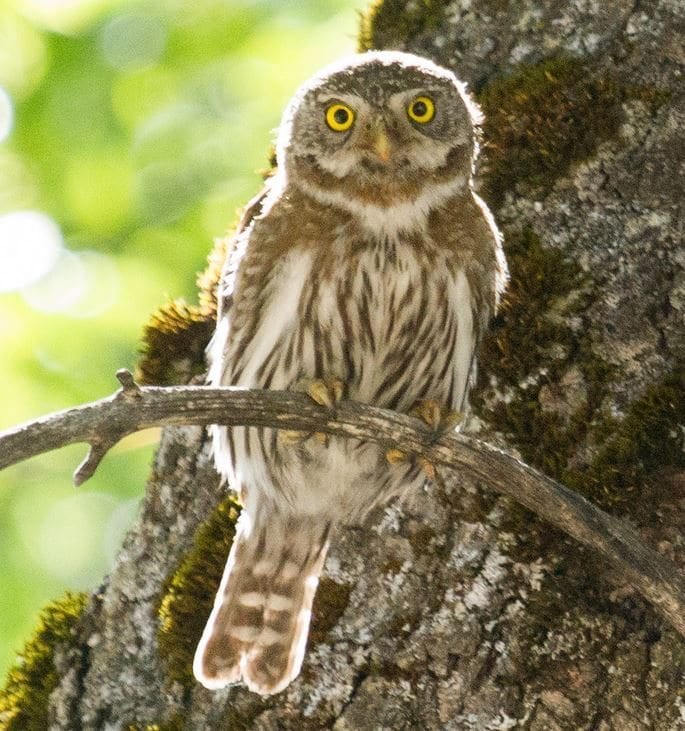 Pygmy Owl at Yosemite / Photo by Donna Pomeroy
Pygmy Owl at Yosemite / Photo by Donna Pomeroy
With some patience and a lot of help from our fellow birders, we all got a good look at a Warbling Vireo working on a well-concealed nest. I knew Mountain Chickadees were cavity nesters, but I didn’t know that they would nest in a stump! We got close looks at them flying in and out making food deliveries to a tiny hole in the center of a stump no more than two feet high. We saw a juvenile Pileated Woodpecker looking out of its nest hole. A majestic oak harbored both a male Bullock’s Oriole and a male Western Tanager, in full breeding plumage and in perfect sunlight.
We were all looking forward to the possibility of seeing a Yosemite Great Gray Owl. Great Gray Owls, North America’s largest owl by size, range across boreal forests in Alaska, Canada, and the Pacific Northwest. The Great Gray Owls in the Sierra are geographically separated from other Great Gray Owl populations. There are only about 200 of these birds in California; they are listed as a California Endangered Species.
Yosemite National Park is the center of this population. Dave Quady gave us an account of his experiences finding them in the Park, from being almost a certainty in the right habitat in the 1980s to today’s rare experience to be savored.…







